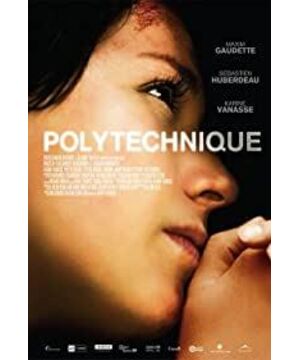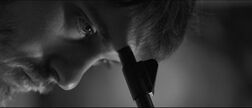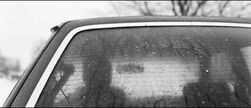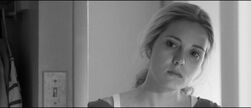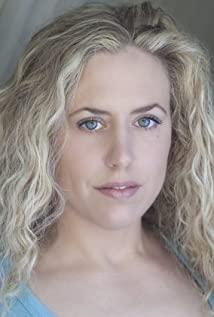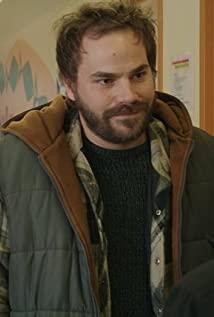Villefer's work before "Scorched Earth" already has excellent control. Because the plot line is relatively short, the director focused on creating a sense of film and atmosphere, which can be said to be in place. This film attempts to piece together the entire picture of the event from the perspective of four people, showing a certain degree of spatiality, and then continues to extend two of the lines to show its continuity in time, supplemented by flashbacks, and finished. The last few fragments, and emphasize the theme, so far complete, this is an excellent creation of its cinematic sense. Regarding the atmosphere, firstly, it created a memorial heaviness with black-and-white images and a calm and melancholic piano solo soundtrack; secondly, it created a rational and calm horror with exquisite composition and precise scheduling. On the one hand, It highlights the murderer’s calm psychology, on the one hand it reflects the panic and chaos of the students of the Academy of Sciences, and on the other hand it shows the objectiveness of the narrator’s perspective. In addition, even though the film is very short, Villefer’s deliberate irony and innuendo can be seen in the handling of some details, which makes the film’s anti-discrimination view more prominent. And its shortcomings, that is, because the plot line is too short, the main characters' encounters and psychological exploration in the film are not deep enough, the shaping is incomplete, and people are not in the state. In short, on the whole, the film has a clear positioning and a well-completed, which reflects Villefre’s skill.
View more about
Polytechnique reviews


